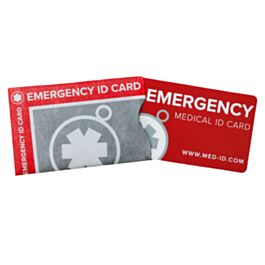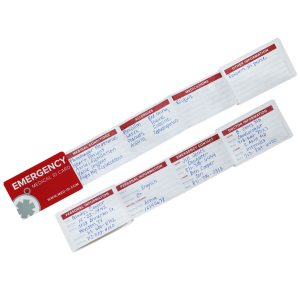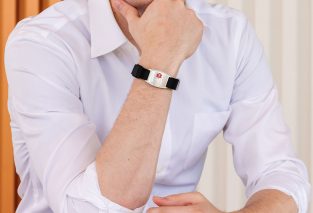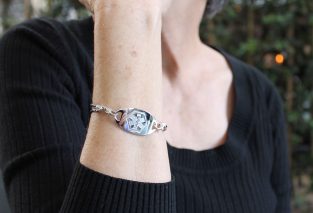You never know when you might experience an emergency.
If it happens, providing first responders with your medical information so that they can identify your problem and provide the correct treatment is crucial. It can even save your life.
One way to give them that information is a medical ID card.
Here’s a quick rundown about what a medical ID card is, the benefits of a medical ID, and what information to include to make sure you derive the most benefit from it.
What is a Medical ID card?
A medical ID card is a physical card that you keep in your wallet, much like a credit card or your driver’s license. It lists out any pertinent medical information that first responders may need to know.
Sometimes people will wear it in conjunction with a bracelet or necklace that says, “See Wallet Medical Card” or “Medical ID Card in Purse.”
The information and design of the card are completely customizable.
Benefits of a Medical ID Card
The primary benefit of a medical ID card is that it makes your medical information easily accessible to first responders. The physical card prevents first responders from encountering any technical difficulties or login problems that may delay your care.
The medical ID card offers more space to include medical information than a medical ID or bracelet. Because it is stored in your wallet, it also keeps your information private, too.
What Information to Include
The same information that would be included on a medical ID bracelet or necklace should be in included on a medical ID, except the ID card will give you more room to include information.
Consider including chronic health conditions, especially those that can cause you to lose consciousness such as seizures, cardiac conditions, or diabetes. Any drug allergies, topical allergies, major food allergies or environmental allergies should all be included to prevent inadvertent exposure to an allergen.
American Medical ID offers an affordable and customizable option for a medical ID card if you feel like it’s the right option for you.








